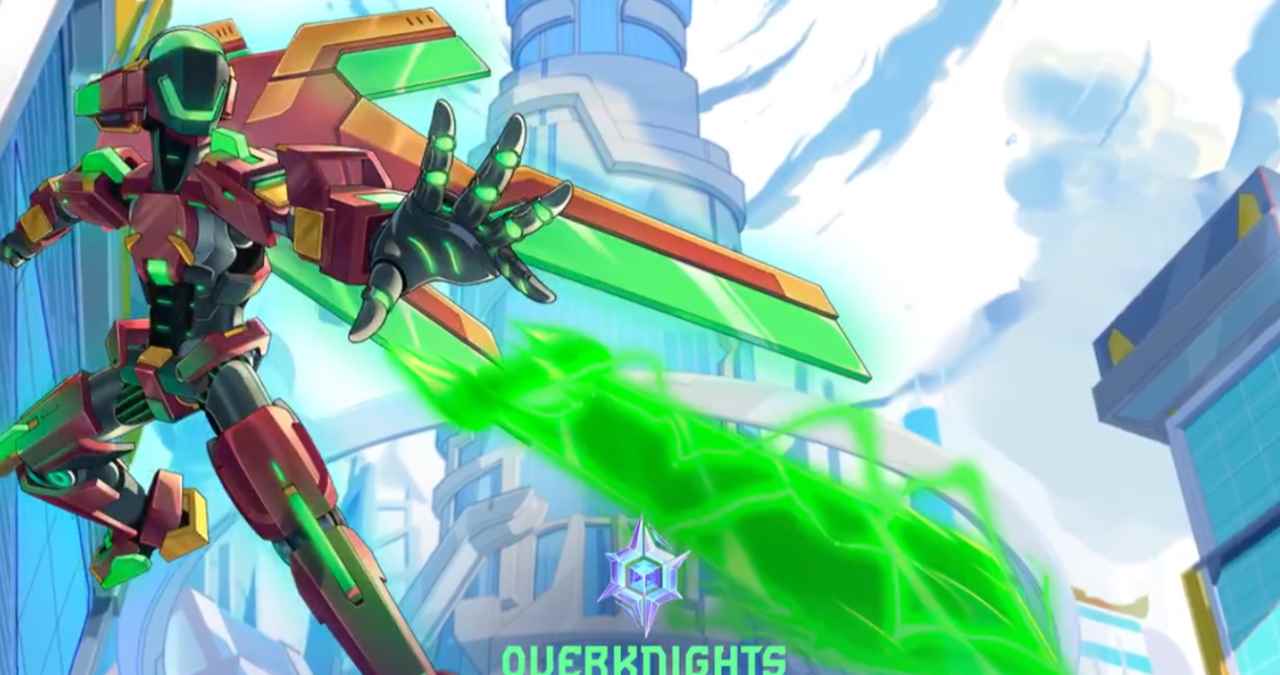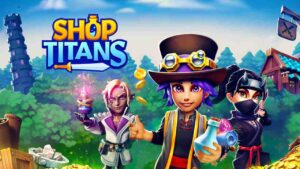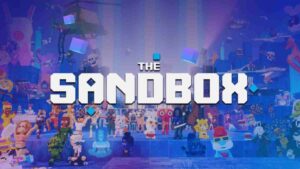OverKnights is carving out its space in the Web3 battler scene by putting more weight behind user agency. The latest update, Overforge 2.0, pushes that idea further, turning crafting into a central competitive loop. It’s no longer just about upgrading items. Now it’s a race for rewards tied to the gear you mint.
This shift adds a new layer to the game’s economy, one that rewards quick decision-making, risk tolerance, and inventory management. It’s a way to gamify forging itself, turning what’s usually a background system into the core of daily activity.
Overforge 2.0 makes crafting a timed competition
The basic setup is familiar: players use in-game materials to forge equipment. But instead of passive upgrades, Overforge now introduces a daily leaderboard tied to gear stats. Each day, players submit crafted items to compete for top-tier rankings, with prize pools paid out in USDC.
Each forge attempt costs resources, and results are semi-random. That adds an element of push-your-luck strategy. You’re not guaranteed a win, and burning too many materials could leave you short for tomorrow’s round. The format encourages calculated risk rather than brute grinding.
Reward pools are structured and transparent
Prizes are tied to daily participation metrics, but the system isn’t opaque. Players can see how many others are competing, what stats are leading, and how much is in the prize pool at any given moment. That transparency is key when real-world value is on the line.
The top slots earn the biggest share, but smaller prizes are distributed down the list to keep lower-ranking players engaged. It’s a system built less for whales and more for active mid-tier participants who stay consistent.
Forging feeds directly into the game economy
Crafted gear isn’t locked to the forging system. Players can use it in matches, sell it in the marketplace, or burn it for materials. That keeps the loop fluid. Success in Overforge can translate to competitive advantages elsewhere, not just short-term USDC gains.
There’s also subtle pressure to reinvest rather than cash out. Winning a high-tier item might mean stronger PvP performance or leverage in guild events. The crafting system ties into more than one layer of the game, giving it longer-term value.
A shift toward play-to-compete over play-to-earn
What OverKnights seems to be signaling with this update is a move away from passive earning models. Overforge 2.0 doesn’t pay for showing up. It rewards skill, timing, and inventory management. That’s a step closer to competitive gaming than financial speculation.
In the broader context of Web3 games, that’s a notable trend. As token-first models fade, systems like this where player input creates volatility and value feel like a more sustainable direction. Overforge doesn’t solve all of Web3 gaming’s problems, but it narrows the focus in a way that makes sense.
Web3 Analyst & Play Blockchain Games Guide
CryptoKit breaks down Web3 gaming like it’s second nature. From tokenomics to airdrop strategies, she turns blockchain chaos into clear, actionable advice for players who want to win more than XP.




